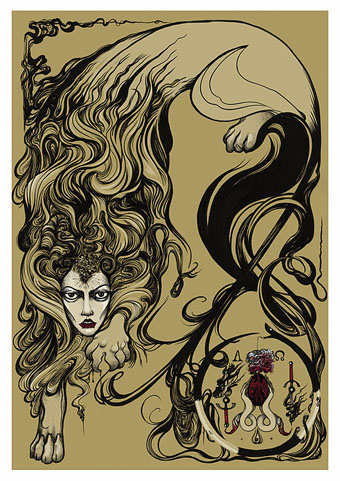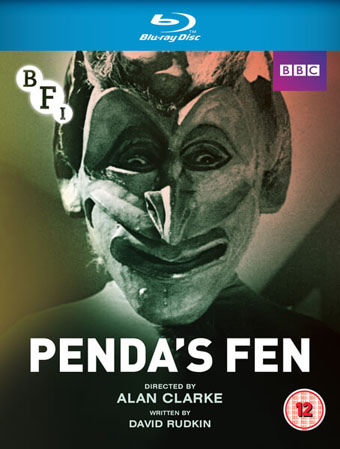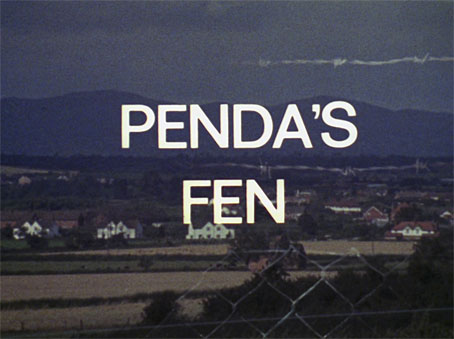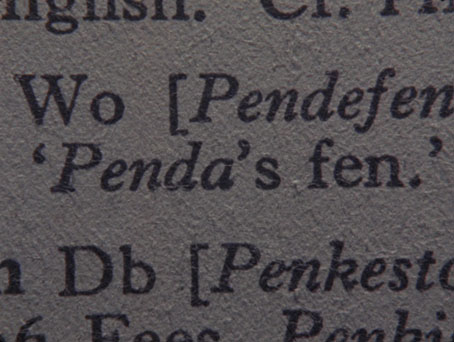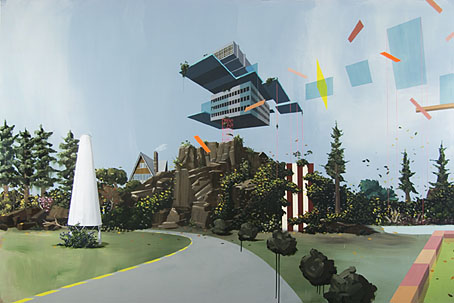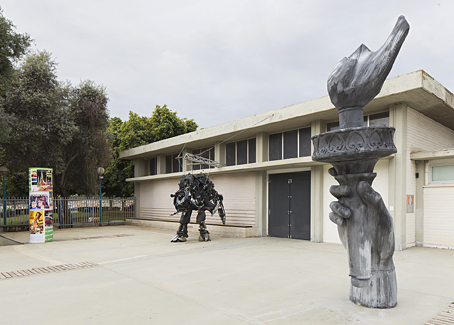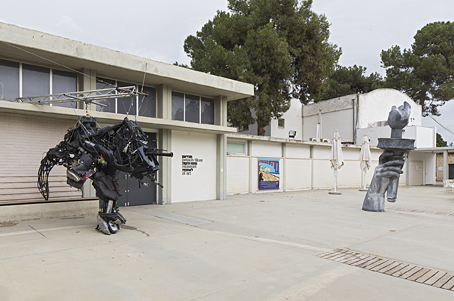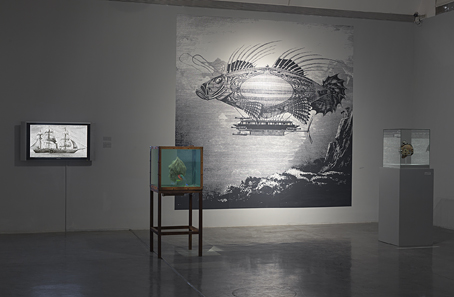Sphinx (2015) by Lupe Vasconcelos.
• I’ve been reading my way through Patricia Highsmith’s Ripley novels for the past couple of weeks, and may well progress to some of her other books once I’m finished. Highsmith had a long career so there’s a lot to read on the web. Catching my eye this week were 10 Best Patricia Highsmith Books recommended by her biographer, Joan Schenkar; The Patricia Highsmith Recommendation Engine; Highsmith on Desert Island Discs in 1979 (the book she said she’d take, Moby-Dick, is the same one chosen by JG Ballard, albeit for different reasons); and a prickly interview late in her life with Naim Attalah.
• Discovering 20th-century literature: books, manuscripts and other documents in the collection of the British Library.
• Signed copies of Paul Gorman’s Barney Bubbles monograph, Reasons To Be Cheerful, may be ordered from the author.
• How a mysterious ghost ship brought cosmic disco to Cape Verde. Related: Quirino Do Canto by Mino Di Mama.
• Zombi drummer AE Paterra and composer Paul Lawler make prog-synth epics as Contact.
• Mix of the week: Secret Thirteen Mix 185, a locked-groove mix by Massimo Carozzi.
• In London next weekend: Alchemy and Magic at Brompton Cemetery.
• Die or DIY?: scarcities from the post-punk outer limits.
• More Penda’s Fen: a lengthy appraisal by Jerry Whyte.
• Dennis Cooper salutes James Coburn
• Bandcamp is good for musicians.
• Vladimir Nabokov’s butterfly art.
• This Heat: Rimp Ramp Romp (1977) | 24 Track Loop (1979) | Health And Efficiency (1980) | Makeshift Swahili (1981)

